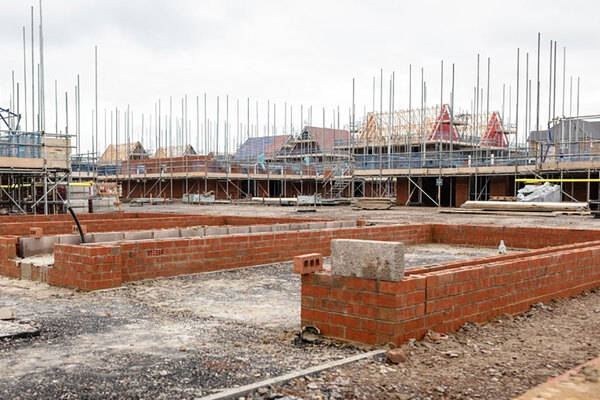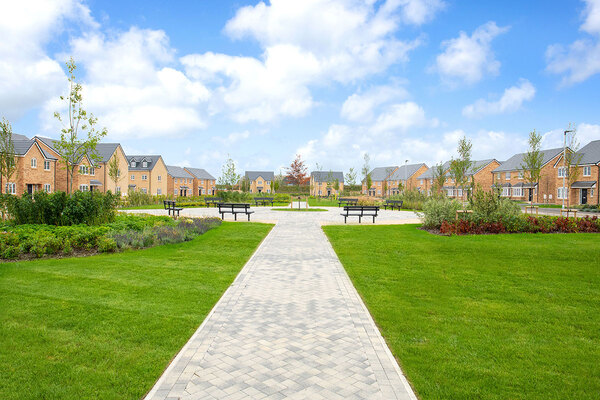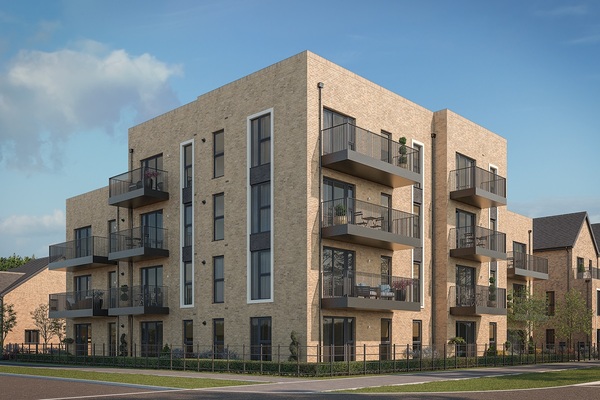Minimum space standard proposal confirmed by Foster
The government has confirmed plans to introduce a national minimum space standard as part of a cull of more than 90 per cent of housing standards intended to slash red tape for house builders.
In a win for Liberal Democrats, which have been fighting for a space standard, communities minister Don Foster announced that the government would consult on introducing the new space standard as part of its building standards review.
The Communities and Local Government department said: ‘The government is however inviting views on minimum space and access standards that would allow councils to seek bigger homes to meet local needs, including those of older and disabled people.’
The standard could be enforced on all local authorities to reduce ‘a confusing plethora of different regulations’ as currently authorities can introduced their own space standards.
London is the only place in the UK with minimum space standards and the proposal caused splits in a 16-body, government-commissioned expert panel, which reported its recommendations to the CLG along with a four-person challenge panel at the end of April.
House builder bodies have opposed the introduction of a space standard on the grounds it will increase costs and red tape.
The wider proposals are to scrap more than 90 per cent of the standards – cutting them down from more than 100 to less than 10. It also plans to reduce 1,500 pages of guidance down to less than 80.
Mr Foster said: ‘I’m proposing to cut needless red tape to let house builders get on with the real job of building the high quality new homes that people need, especially families and first-time buyers.
‘The current mish-mash of housing standards means that from Allerdale in Cumbria to Zoar in Cornwall no same set of rules always applies – it’s confusing, bureaucratic and cannot be allowed to continue.’
Some of the policy areas that are being looked at is the requirements for rainwater harvesting in places that don’t suffer from water shortages, demands for solar and wind energy sources that can’t physically fit onto the roofs of apartment buildings, a stipulation for multiple phone lines in home offices, irrespective of need and in addition to broadband connection, requirements to build accessible flats on floors that can’t be reached by disabled people and rules on window sizes that include a ‘dirty window factor’. The full list is available here.
Planning rules and no changes are being made to regulations which deal with safety and energy efficiency, although the consultation considers whether some of the standards should go into the regulations.
Chief executive of the Royal Institute of British Architects, Harry Rich said: ‘This rationalisation of local housing standards is important to ensure quality for its consumers across the country and certainty for the industry. We are pleased to see the government consulting on space standards, our public research has repeatedly revealed that space in new homes is a major concern.’
David Orr, chief executive of National Housing Federation, who was involved in the review, said the organisation wants to see ‘greater consistency and clarity across standards of new housing’.
He added: ‘For truly sustainable new homes that will provide enough space for families to grow, have low fuel bills and reflect local character and conditions we need strong guidelines that ensure good homes are built, but without imposing needless or inappropriate requirements. Moving from 100 standards to 10 is a good start in reducing red tape while safeguarding good quality home building but we look forward to seeing further details of the review.’
However, the UK Green Building Council said the proposals ‘fail to present a vision for sustainable homes’.
Paul King, chief executive of UK GBC, said: ‘What we need is a vision for national housing standards that provides industry with the clarity and certainty it needs to build homes that are fit for the needs of people in the future. It therefore makes sense to rationalise a set of standards that has proliferated over time and, in some places, become confusing and counterproductive.
‘However, with the demise of the code for sustainable homes and big omissions around materials and ecology, we risk losing a momentum that has transformed the way homes have been built over the last seven years.’
The story so far
26 October 2012
Inside Housing reveals the government is to launch a review of building standards
31 October 2012
The government names expert and challenge panels to oversee the review
26 April 2013
Inside Housing reveals sector splits over how to overhaul building standards
April 2013
Panel submits report to the Communities and Local Government department
August 2013
Inside Housing breaks the story about the potential proposals











